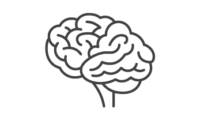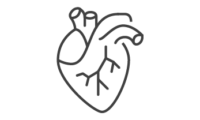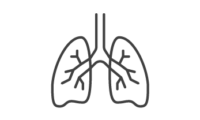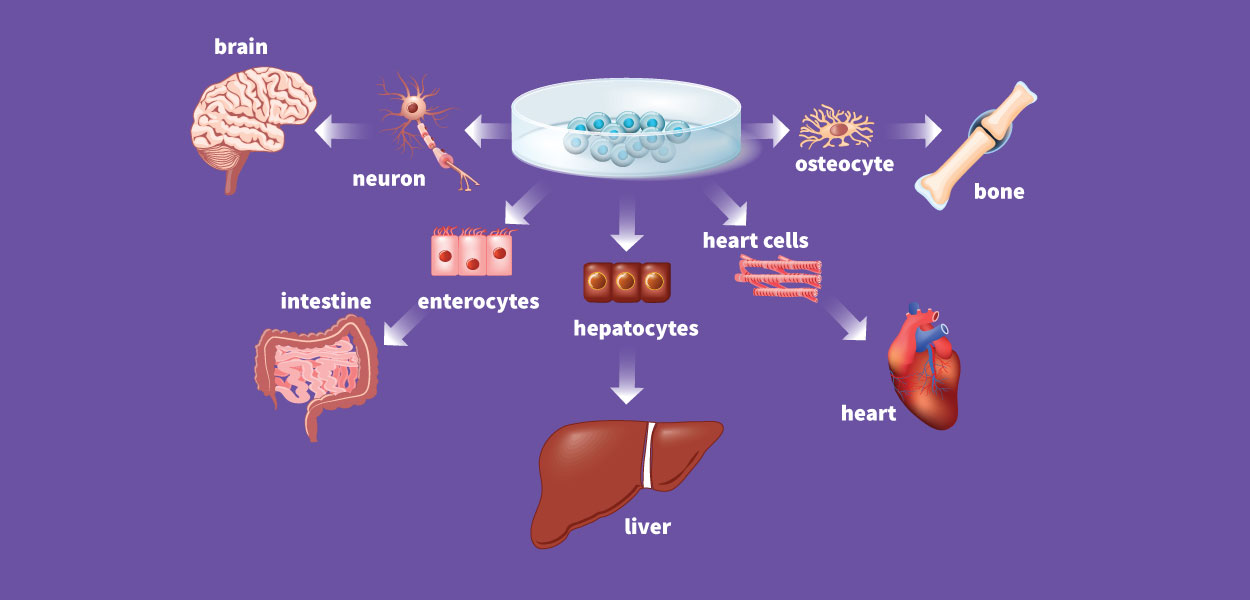Cell therapy, also known as regenerative medicine, is a relatively new branch of medicine focused on the processes of creating, engineering and regenerating human cells, tissues and organs in order to restore or achieve their normal functions. This field promises that damaged tissues and organs can be “repaired” by stimulating the body’s repair mechanisms to functionally heal previously damaged or dysfunctional tissues or organs. As early as 700 B.C., the ancient Greeks believed that it was possible to regenerate various parts of the body. Invented in the late 19th century, skin-grafting can be considered the earliest major attempt to recreate body tissue to restore its structure and function. Advances in body part transplantation in the 20th century further encouraged the theory that body parts can regenerate and grow new healthy cells.
The original definition of regenerative medicine, designed for broad application, includes cell and stem cell therapies, gene therapy, tissue engineering, genomic medicine, personalized medicine, biomechanical prosthetics, recombinant proteins and antibody therapies. It also includes the more familiar chemical pharmacopoeia – in short, any intervention that restores a person’s health.










